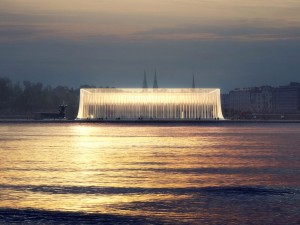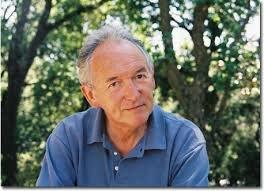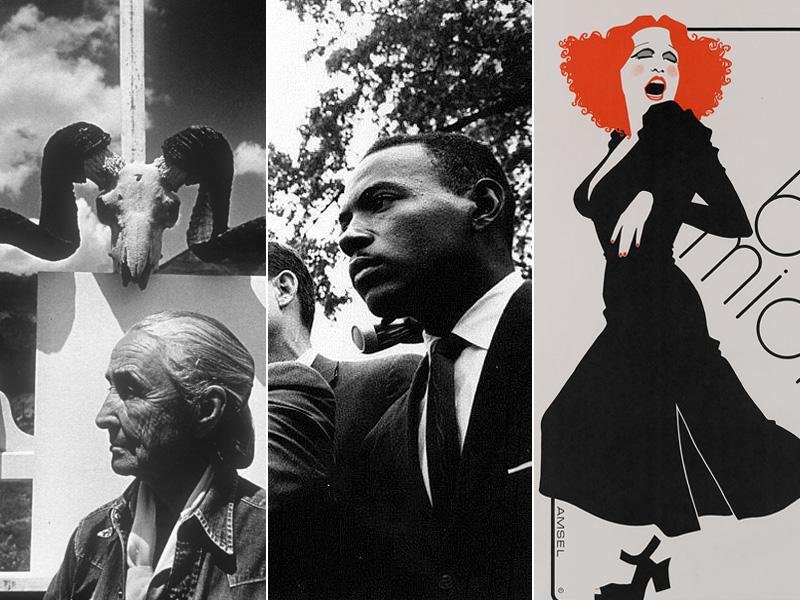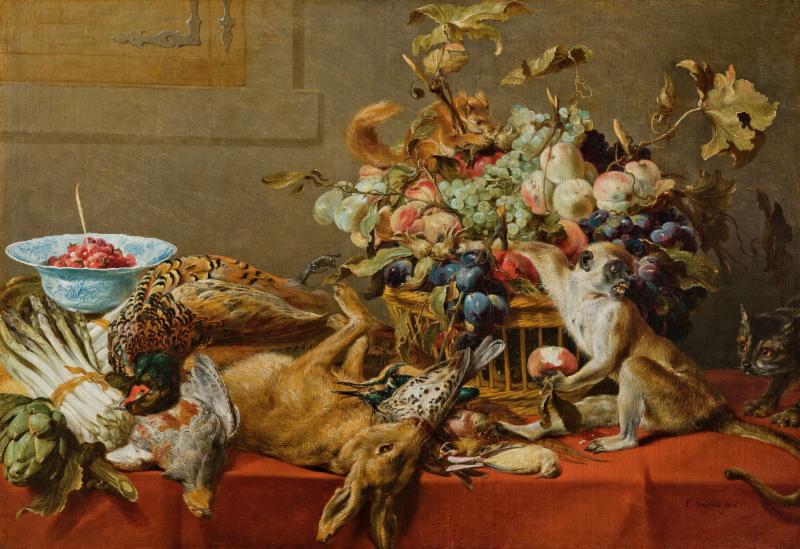Last weekend, Barron’s–the financial weekly–published a cover story on art museums. It’s a crazy salad of a piece, full of supposedly new thoughts that are actually old, composed with a strange tone that shifts throughout the piece, exaggerating in parts, and so on. It frequently cited net assets as a sign of wealth, which includes items like land, when it should have used endowment figures. It has a few non sequiturs (notice the paragraph below on the Met). And it bore what I think is a misleading headline, Billionaire Art Museums. (see chart below)
I don’t usually like to comment negatively on other people’s articles, but this piece, read by investors–and potential donors–is too weird to ignore. Let me pull out a few things, along with some comments and questions, in bold:
- “Take the Philadelphia Museum of Art…During the recession, the grand old dame of Philadelphia saw its endowment—which covers some 25% of its operating expenses—plunge by nearly $100 million in just one year. According to data provided by Foundation Source, the museum’s revenue fell from $146 million in 2008 to just $60 million in 2009. In response, the museum cut staff and salaries and increased admission fees. It also postponed, for a year, a special exhibition on Spanish art, and cautiously put its plans for a Frank Gehry–designed expansion on an “as paid for†basis. Today, the Philadelphia museum appears to have put its worst financial struggles behind it. Total assets are at $733 million, up 7.8% from where they were five years ago. And in July, the museum opened an exhibition of Gehry’s architectural models built for its $350 million project, signaling that its expansion plans were back on track.” There are too many apples-and-oranges comparisons in this paragraph. Total assets up just 7.8% is worrisome to me, not a sign of strength.Â
- “”…the museum [of Fine Arts, Houston] navigated its way through the financial crisis. By June 2012, its total assets, at $1.12 billion, were just 3.8% shy of where they stood in 2008. Again, not quite a resounding comeback, on its own at least, is it?Â
-  [in FY 2013] the Met’s total reported assets clock in at $3.47 billion—2.1% below where they stood in 2008. Things are rapidly improving. In September, the Met unveiled a new outdoor plaza and fountain financed with a $65 million gift from industrialist billionaire David Koch, one of its trustees. And in a move reminiscent of the far flusher days of a not-too-distant past, the museum is currently showcasing its new gift of 78 cubist paintings, drawings, and sculptures from the philanthropist Leonard A. Lauder.” Huh?
- “Among the strongest indicators of current financial optimism is the explosion of mammoth expansion projects, itself a harbinger of plans for greater programming, bigger crowds, and ever-more-epic shows. Last December, the Cleveland Museum of Art completed an extensive $320 million renovation and a new addition that saw its space increase by some 35%.” This project has been in the works for years, and its completion signals nothing about the future. Nor, really, does the next example–MoMA’s expansion into the site of the Folk Art Museum.Â
- At MFA-Houston: “…Since 2009, admission attendance at the museum is up 30%. Last year, revenue from ticket sales, at $2.5 million, rose 56%, over 2012. Its slate of recent blockbuster shows included last year’s “Picasso: Black and White.†In the meantime, fund-raising efforts have landed two record-breaking years in a row for the museum. In 2013, it raised $16 million, up 23% from the previous year.” That number seems very small for an institution with a budget of around $85 million, doesn’t it?Â
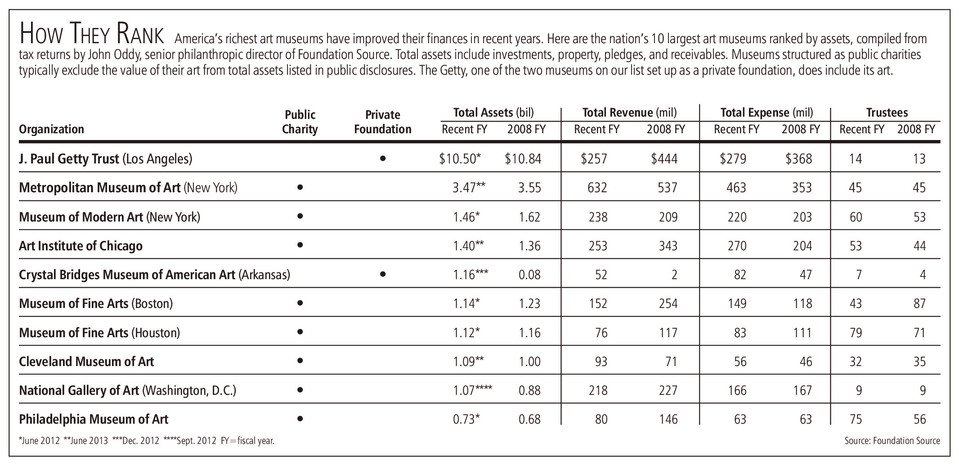 All that said, the article makes two good points–some museums, including the Art Institute of Chicago and the Museum of Modern Art–have increased the size of their boards, at least in part to raise money. That is not a bad thing. And the final paragraph is a very good one:
All that said, the article makes two good points–some museums, including the Art Institute of Chicago and the Museum of Modern Art–have increased the size of their boards, at least in part to raise money. That is not a bad thing. And the final paragraph is a very good one:
For all of the glory bestowed on a trustee at one of the august museums on our list, moderately wealthy benefactors would be wise to be contrarians. Their time, money, and collection are likely to be treated better, have more impact, and serve society better when put to work at a regional or local museum.

